The delegation of the Department of Agriculture and Environment of Quang Tri has just completed a survey of the area of rice land not cultivated in the summer-autumn crop in the whole province. This is to review and implement solutions for effective use of rice land.
Accordingly, from March 11 to 14, 2025, the delegation conducted a survey in the districts of Hai Lang, Trieu Phong, Gio Linh, Vinh Linh, Cam Lo, Quang Tri town and Dong Ha city with 35 communes/wards and 106 cooperatives/cooperative groups.
The survey results show that the total annual rice cultivation area in the province is 11,458.1 hectares. Of which, the winter-spring crop production area is 6,853.0 hectares; the summer-autumn crop production area is 4,605.1 hectares; the uncultivated summer-autumn crop area is 2,030.3 hectares; the converted summer-autumn crop area is 217.6 hectares.
Of the 2,030.3 hectares of land not cultivated in the summer-autumn crop, 751.1 hectares are capable of cultivation (591.8 hectares are capable of producing two rice crops, 159.3 hectares can be converted to other upland crops); 1,279.2 hectares are not capable of cultivation.
According to the Department of Agriculture and Environment, the reason why rice fields have been abandoned and not cultivated in the past time is because of the dry summer-autumn crop due to lack of irrigation water, lack of proactive water supply, dependence on natural water; the soil is salty and acidic. In addition, the production area is fragmented, there are places that are not concentrated, the fields are narrow, the foot of the fields is high, the fields are located in remote areas, highlands, at the end of the irrigation water source.
In some places, the fields are far from residential areas, and some households with small production areas are often severely damaged by rats and destroyed by livestock. On the other hand, due to the farmers' viewpoint of having a favorable winter-spring crop with high productivity, enough food for the whole year, and a difficult summer-autumn crop, they leave the land fallow, and focus their labor on gardening and helping bricklayers to earn money. Moreover, people keep the land, do not work but also do not want to rent it to anyone...
According to Deputy Director of the Department of Agriculture and Environment Nguyen Hong Phuong, some localities have been very determined in converting crop structures in recent years, but the results have not been high, losing more than gaining, so people are no longer interested in continuing the conversion. Another difficulty is that rural labor is increasingly scarce.
For 159.3 hectares of rice land that can be converted to upland crops, the Department of Agriculture and Environment proposed that the Provincial People's Committee allow the use of annual economic career funds to assign tasks to units under the department to continue reviewing and building conversion models as a basis for replication in the coming time.
According to Ms. Nguyen Hong Phuong, the survey shows that most of the rice fields are not cultivated in the summer-autumn crop due to the lack of irrigation water and the poor canal system. If the canal system and other items for production are invested, it will still be effective. However, the investment resources for building and repairing canals require a large amount of funding.
To invest in a canal system to serve production for the area of rice land not cultivated in the summer-autumn crop, the Department of Agriculture and Environment proposed that the Provincial People's Committee direct the Department of Finance to arrange medium-term public investment capital sources to invest in renovating and upgrading the canal system to serve production.
Quang Hai
Source: https://baoquangtri.vn/toan-tinh-nbsp-co-hon-2-030-ha-dat-khong-canh-tac-vu-nbsp-he-nbsp-thu-192797.htm


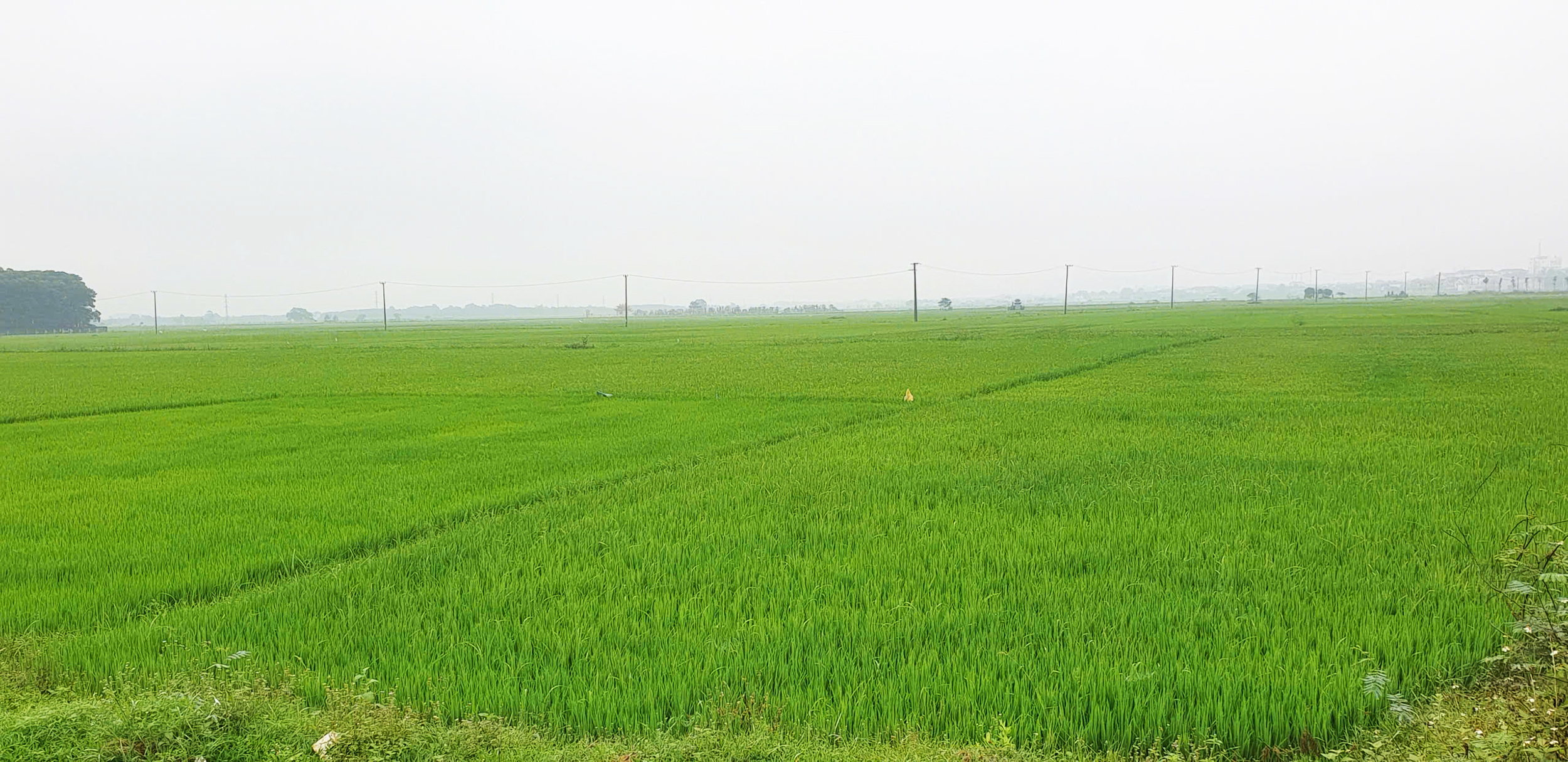
![[Photo] Closing of the 11th Conference of the 13th Central Committee of the Communist Party of Vietnam](https://vstatic.vietnam.vn/vietnam/resource/IMAGE/2025/4/12/114b57fe6e9b4814a5ddfacf6dfe5b7f)





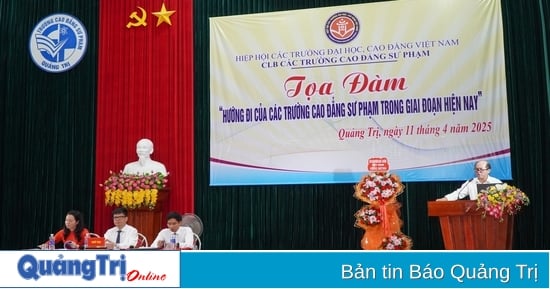

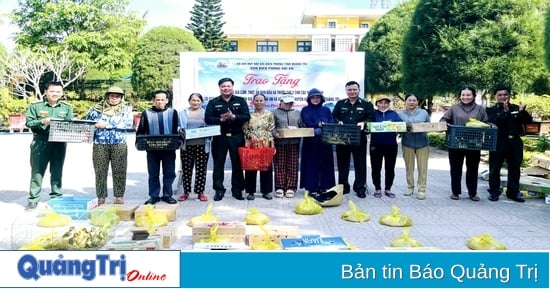
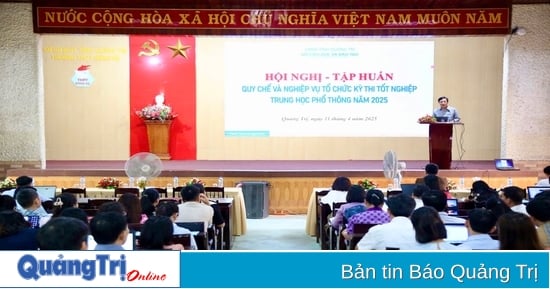

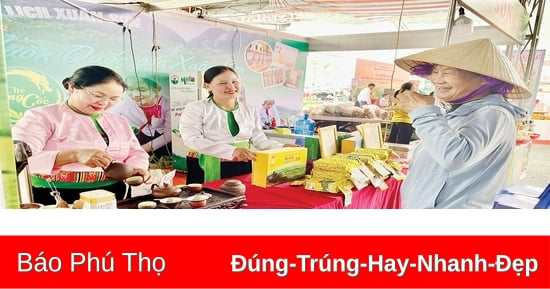
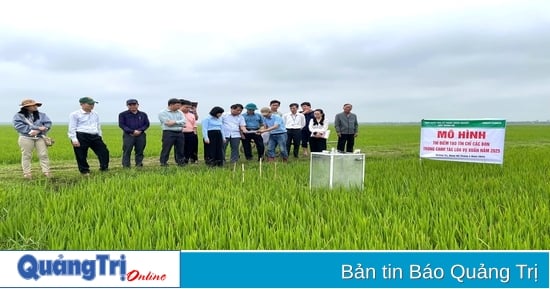
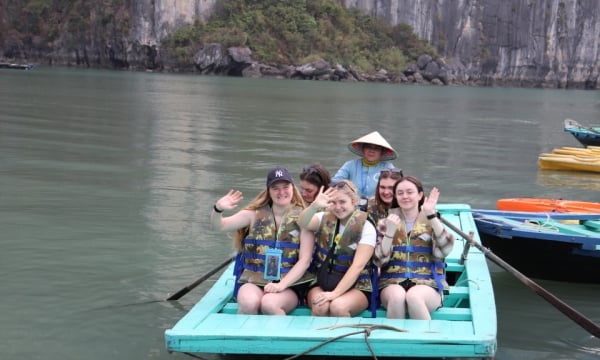

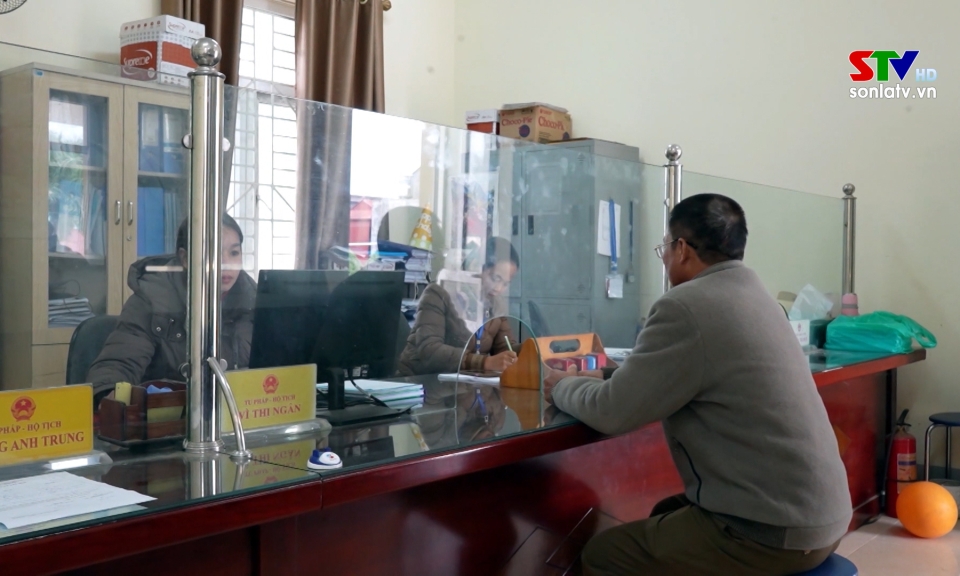

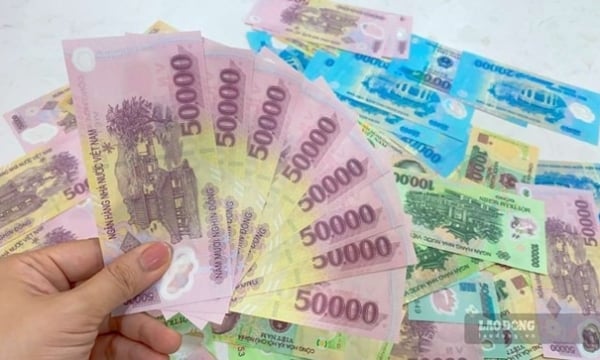





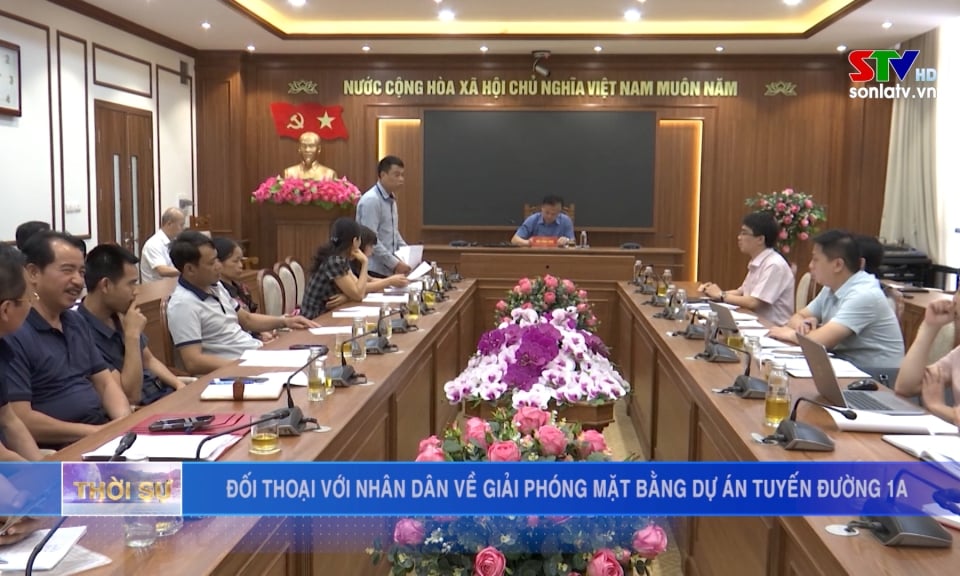
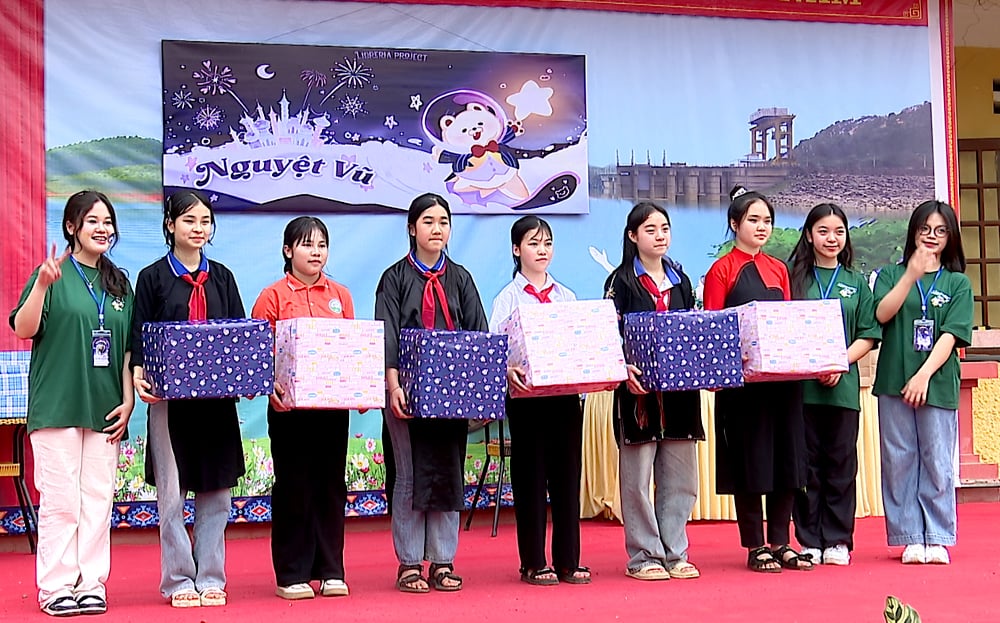
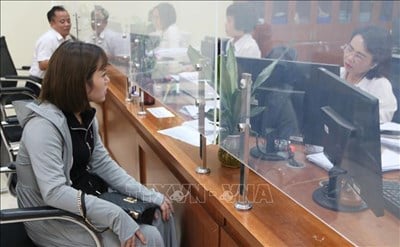
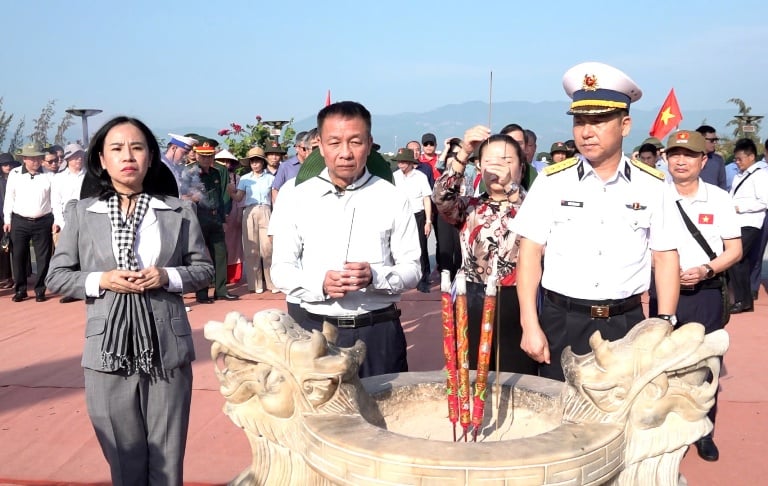
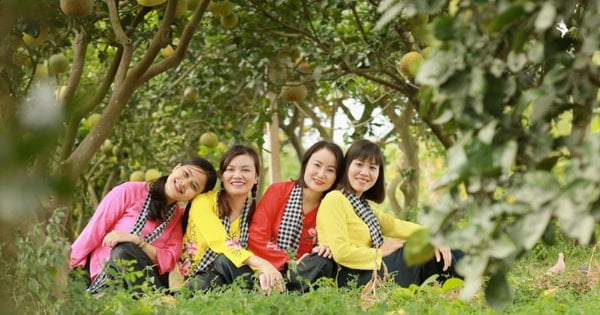

![[Photo] Overcoming all difficulties, speeding up construction progress of Hoa Binh Hydropower Plant Expansion Project](https://vstatic.vietnam.vn/vietnam/resource/IMAGE/2025/4/12/bff04b551e98484c84d74c8faa3526e0)

































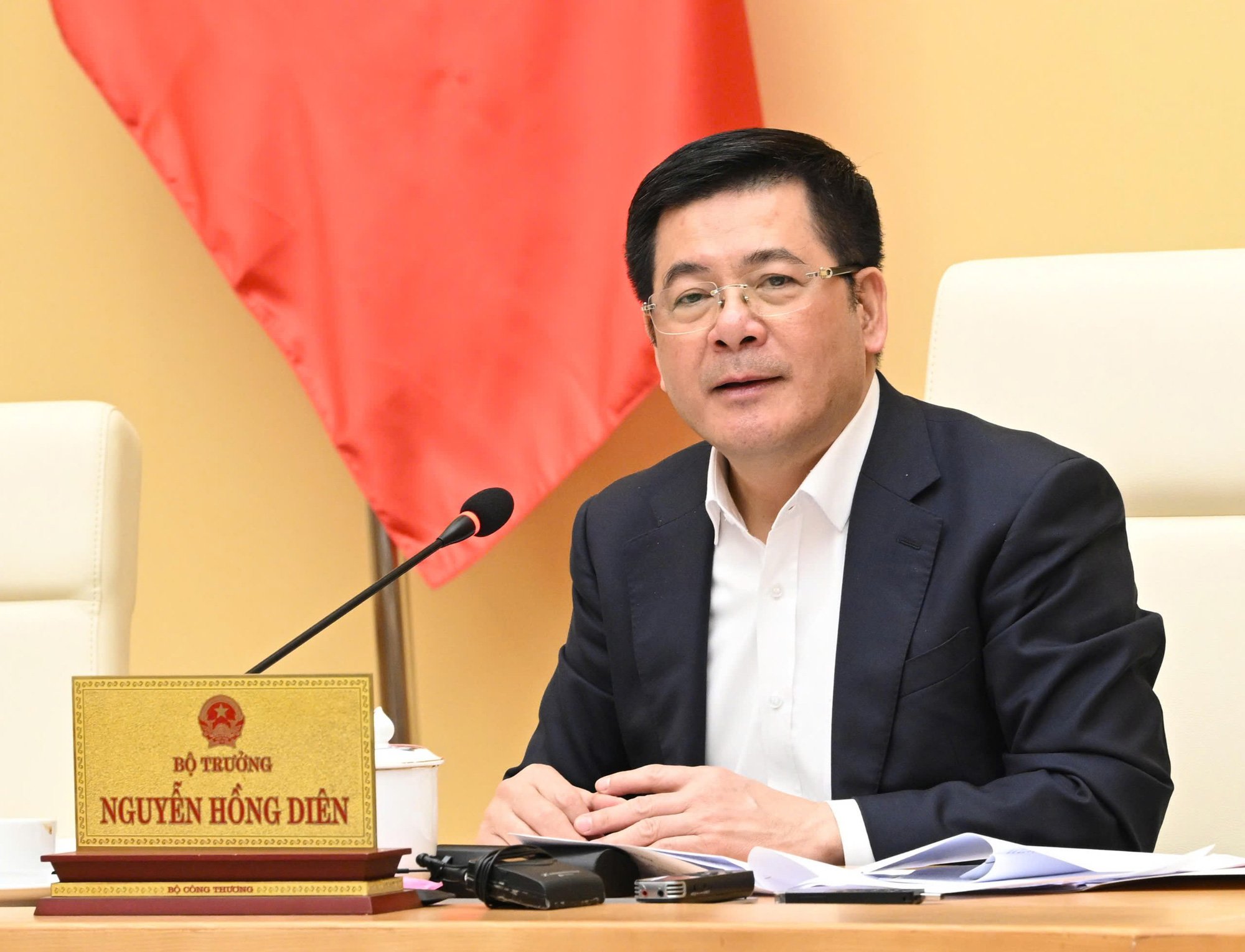
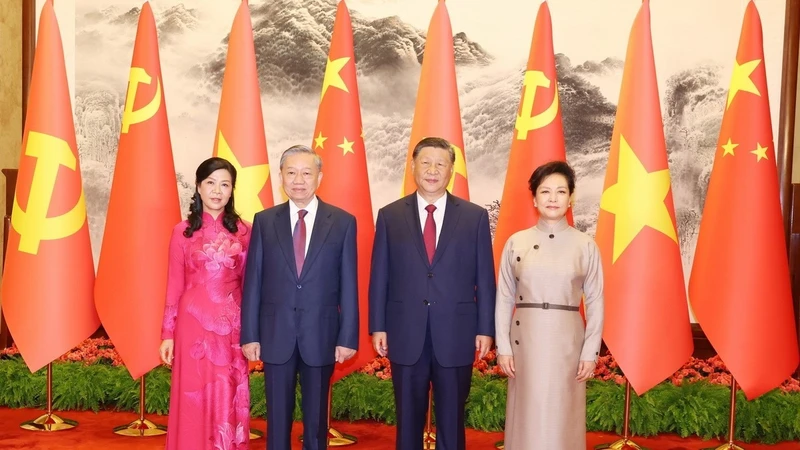








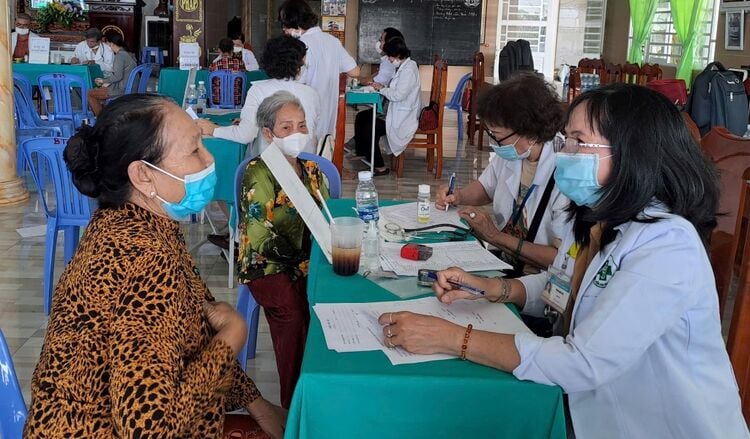

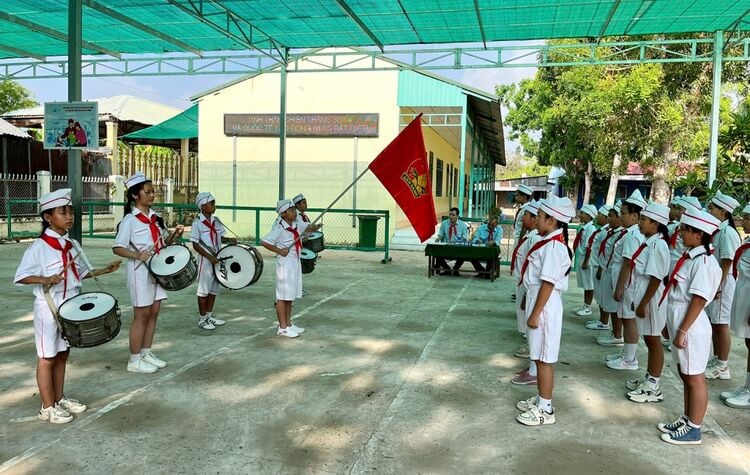
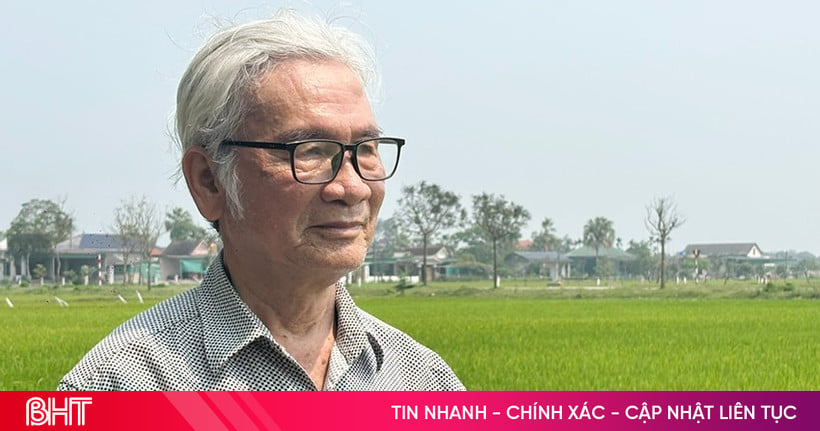

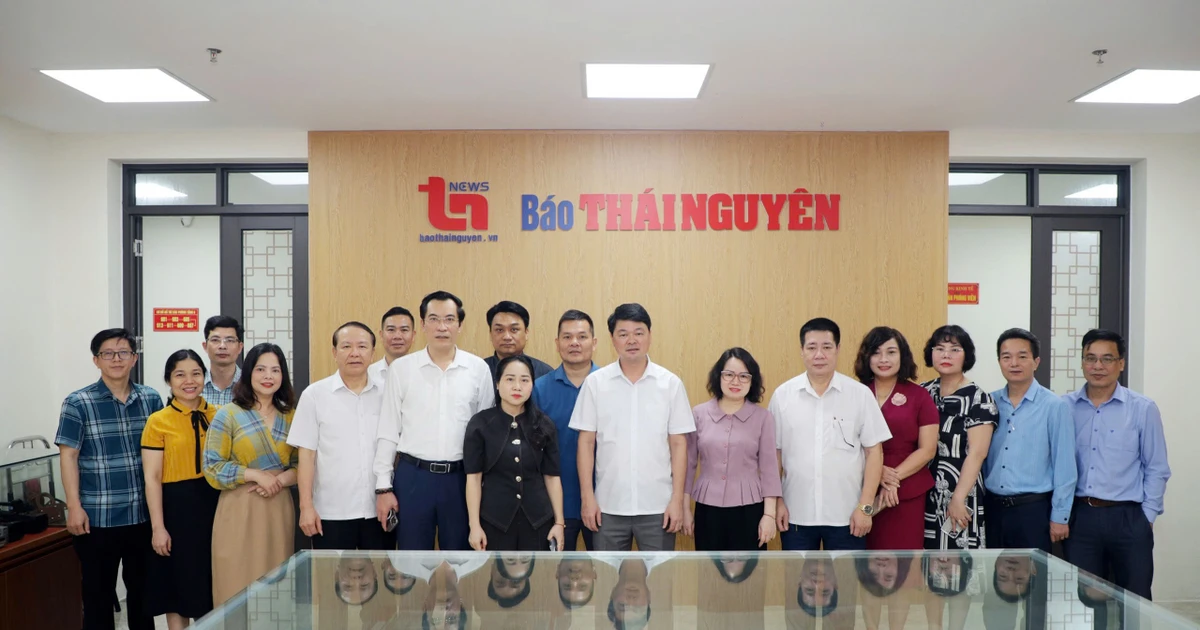

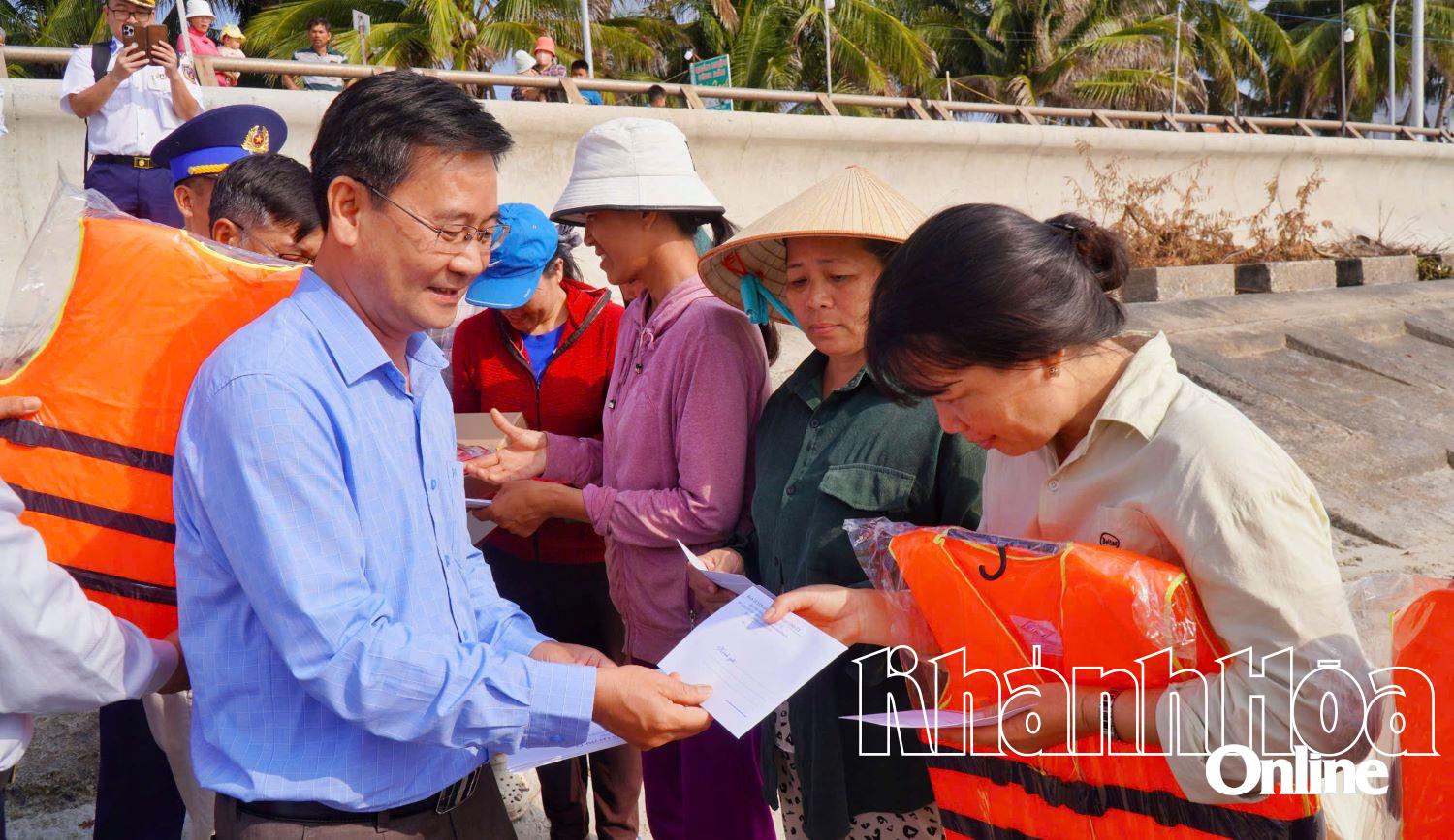












Comment (0)